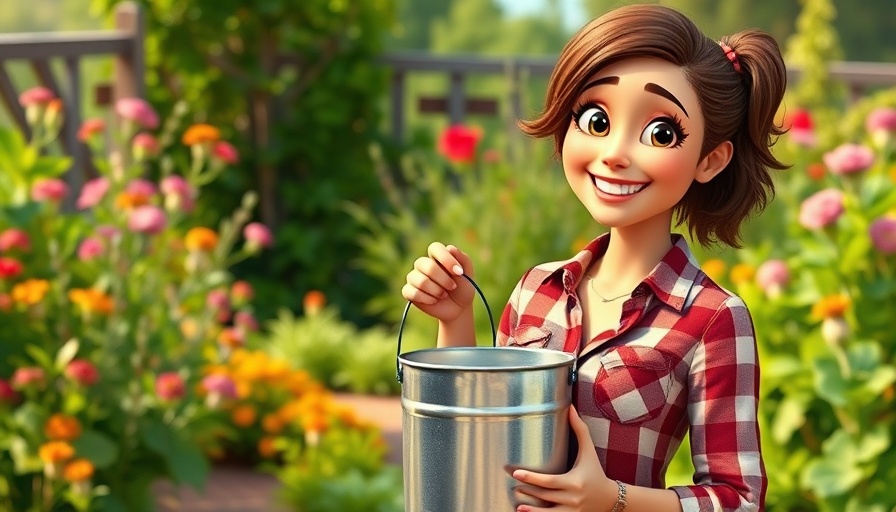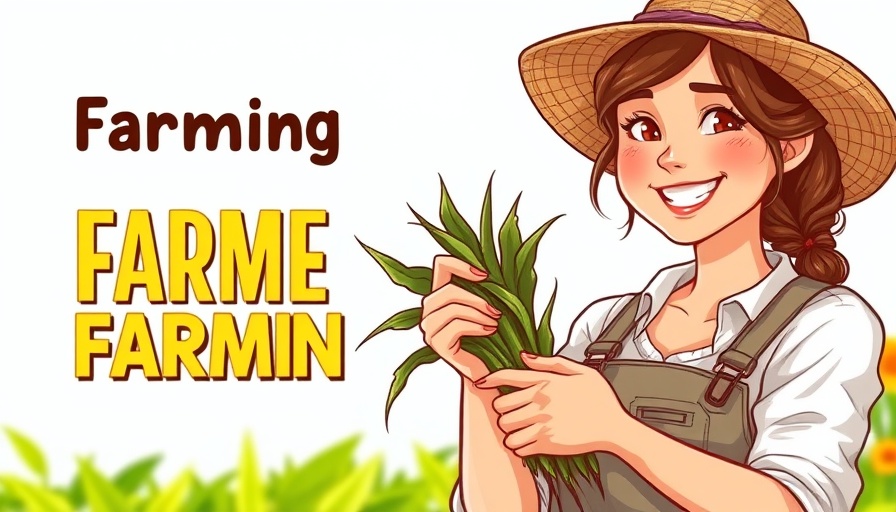
Finding Your Perfect Water Lilies
Are you dreaming of a beautiful water garden filled with stunning lilies? If so, understanding the best lilies for water gardens is your first step towards creating a serene aquatic paradise. Among the top choices are water lilies from the genus Nymphaea, which shine in pond environments.
In 'What Are The Best Lilies To Grow In A Water Garden?', the discussion dives into the essential choices for a thriving water garden, exploring key insights that sparked deeper analysis on our end.
Hardy vs. Tropical Water Lilies
When selecting lilies, you'll typically encounter two main types: hardy and tropical. Hardy water lilies thrive in temperate climates and can survive freezing winters by going dormant underwater. These plants produce gorgeous blooms that float gracefully on water surfaces, attracting pollinators throughout the day. They're best suited for medium to large garden ponds with stable depths of 12 to 36 inches and some protection from wind and waves.
In contrast, tropical water lilies flourish in warmer climates, often requiring more care, such as regular fertilization. They can bloom either during the day or night, adding an extra burst of color to your garden. Their flowers, which are held above the water, come in vibrant hues, making them an eye-catching choice.
The Importance of Placement and Care
Site selection and care play crucial roles in the success of your lilies. Hardy varieties are ideal for outdoor ponds, needing less maintenance and providing shelter for aquatic life, while tropical varieties do best in sunny spots and should be planted in large containers. For beautiful blooms, ensure they receive proper sunlight and nourishment.
Creating a Sustainable Water Garden
By choosing the right lilies and ensuring they receive the proper care, you can create a sustainable water garden that thrives. Hardy lilies not only beautify their surroundings but also help control algae growth with their floating leaves, contributing to an eco-friendly environment.
If you’re eager to embark on your water gardening journey, consider starting with hardy lilies. They offer resilience and stunning blooms, making them a fantastic addition to any aquatic space. Happy gardening!
 Add Row
Add Row  Add
Add 




Write A Comment